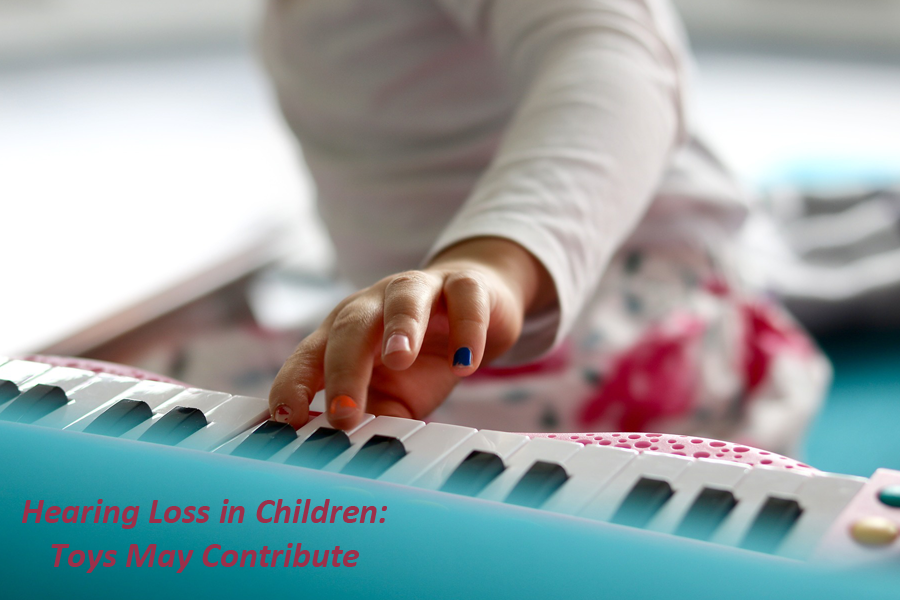
Hearing Loss in Children: Toys May Contribute
Hearing Loss in Children: Each year Sight & Hearing Association representatives go shopping for toys that sound a little too loud for our young ones.
Some of the most common toys for infants, toddlers, and adolescents are not only dangerous for their hearing but can actually damage the hearing of adults, too, considering their noise levels. There aren’t a lot of packages with adequate warnings, and the regulations for these toys are pretty poorly written.
Toys are required to meet standards set by the American Society for Testing and Materials regarding sound-pressure levels, but those standards aren’t always in touch with reality. For example, regulations state that noise emitted from a children’s toy must not exceed 85 decibels (dB) at 50 centimeters from the body — but 50 centimeters is longer than the average length of an adult’s arm, creating a disconnect between the actual use of a toy and its rules for production. Of the Sight & Hearing Association’s 20 noisiest toys from 2014, 12 of them exceeded 94 dB at close range, with four of them breaching 100 dB.
There aren’t a lot of packages with adequate warnings, and the regulations for these toys are pretty poorly written.
When you consider how a child would actually play with a toy, they generally hold it a lot closer to their body. So how safe they are is really based on whether they’ll be interacting with and using the toy for an extended period of time or not. We don’t want to suggest to parents that they return their child’s gifts, but some of the loudest toys might be causing hearing loss in children after only a few minutes of play.
How loud is too loud?
The loudness of sound is measured in decibels (dB). Most experts recommend that you use earplugs when exposed to 85 dB and above.
| 20 dB Ticking watch | 85 dB Average traffic |
| 30 dB Quiet whisper | 95 dB MRI machine |
| 40 dB Refrigerator hum | 100 dB Blow dryer, subway train |
| 50 dB Rainfall | 105 dB Power mower, chainsaw |
| 60 dB Sewing machine | 110 dB Screaming child |
| 70 dB Washing Machine | 120 dB Rock Concert, thunderclap |
| 80 dB Alarm clock (2 feet away) | 130 dB Jackhammer, jet plane (100 ft away) |
To avoid feeling like the Grinch who stole your child’s Christmas, use tape or glue to cover the speakers of your child’s loudest toys to prevent hearing loss in children. This will help mitigate the intensity of the sounds they make. To see the full list of noisy toys, take a look at the Sight & Hearing Association’s Facebook page, where they will publish the results of their study once they have collected and tested all of this years’ toys.
Article provided by Suzanne Yoder, AuD, HearWell Center, Pittsburgh, PA. Read more New Mommy Pittsburgh articles here.

Leave your comment